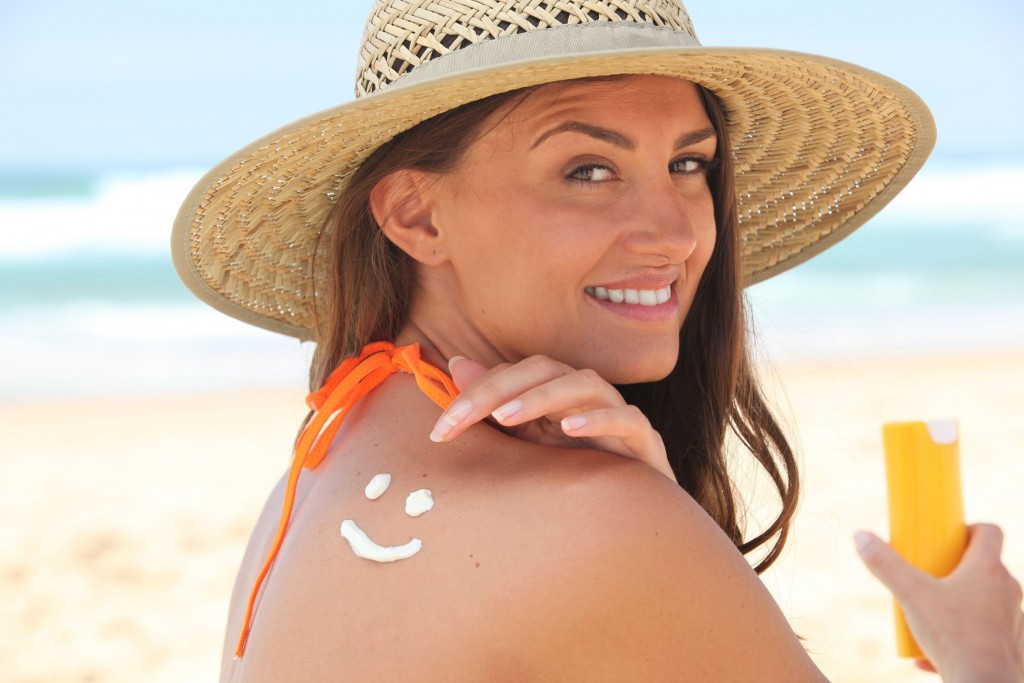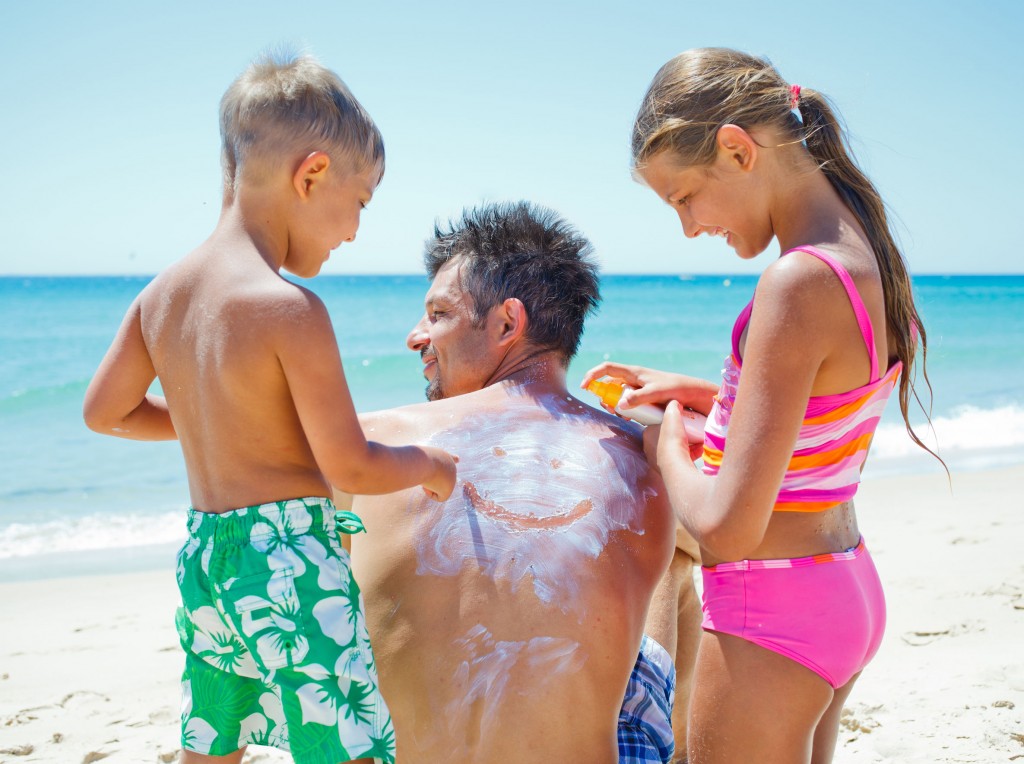We’ve had a gloriously sunny couple of weeks so far this summer and long may it last. However, with recent reports from the Royal Pharmaceutical Society stating that a quarter of Britons don’t understand the protection ratings listed on sun cream products, it’s important we get sun savvy. Read on to make sure you know how to stay safe in the sun…
What is an SPF?
SPF stands for ‘sun protection factor’ and indicates how many more times your skin can be exposed to the sun before it burns. As a safe generalisation, most of us could sit in the sun without protection for at least 10 minutes without burning and if you wore an SPF15, then you should be able to sit out in the sun for 150 minutes quite safely. Wearing a higher SPF means you can be in the sun for longer but remember, once that time is up, reapplying won’t increase your limits – it’s time to get out of the sun.
How often should cream be applied?
As a general rule, most dermatologists recommend applying a teaspoon amount of cream to each area of the body ie, each arm, each leg, front of body, back and face – roughly 35ml in total. A good way of making sure you’re reaching all of the areas that often get missed, is to apply cream to your naked body 10-20 minutes before you go in the sun to give it time to be absorbed. After the initial application, apply twice again throughout the day and always after swimming.

Is an SPF50 the safest?
Most experts agree that there is little difference between an SPF30 and SPF50 as research has found that while factor 15 absorbs 93% of UVB factor 30 absorbs 97% and factor 50 absorbs 98%. We recommend Dr Weber’s SPF30 Lotion to our clients.
What is UVA?
These are long-wave solar waves that penetrate the skin deeply and are considered to be the biggest cause of ageing and wrinkling. They are still harmful even on a cloudy day.
What is UVB?
These short-wave rays are more dangerous than UVA and penetrate the superficial layers of the skin. They are responsible for sunburn and have been linked to the development of skin cancer.
How can I ensure I’m fully protected from UVA and UVB?
Choose a broad-spectrum sun cream that provides protection against both UVA and UVB. SPF is the measurement of the amount of UVB protection so opt for at least SPF15, preferably 30. In the UK there is a star rating to indication the level of UVA protection with 0-5 stars and you should aim for 4 stars or above.
How should I treat sunburn?
Getting sunburn should be avoided by taking measures to say safe including choosing a high SPF, applying cream regularly and staying out of the sun when it’s at its strongest, between 11am and 3pm. If you do get burnt, have a cool shower or bath and take a Paracetamol or Ibuprofen to help reduce inflammation and ease the soreness. Cover the skin in soothing calamine lotion or a hydrating aftersun spray/cream, and if you feel unwell, or if your skin swells or blisters, seek medical help.










